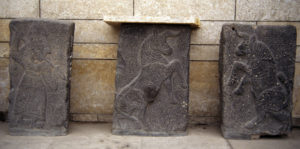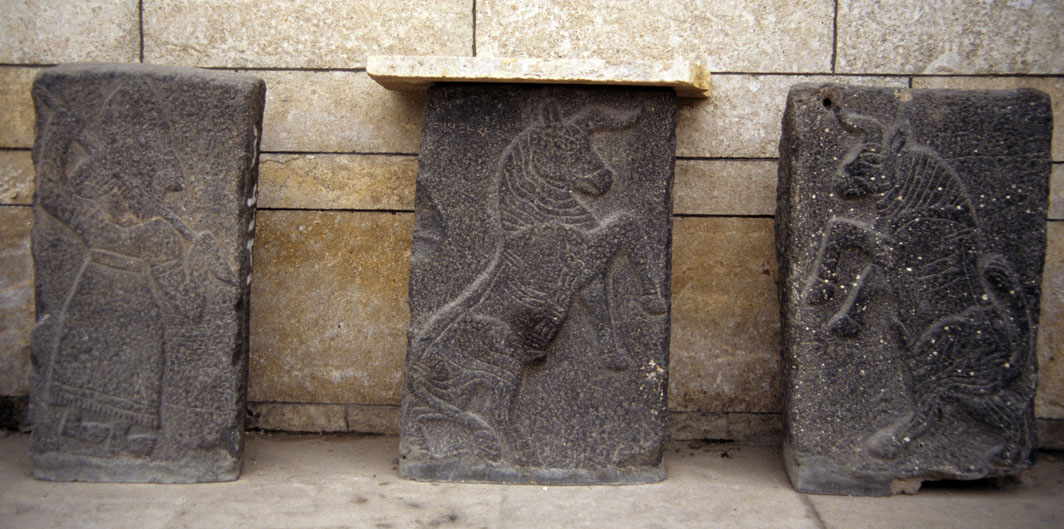The Role of Style in the Study of Cross-Cultural Interactions

The concept of style resides at the core of many analytical approaches to the study of cross-cultural interactions. It is, therefore, fundamental to almost all such studies. This project seeks to consider the methodological implications of using style for the purposes of analyzing social interactions. It seeks to interrogate the central concepts of both style and culture, and to investigate the relationship between them. For each (style and culture), the intellectual history underlying their current use will be explored separately, as well as in relation to one another. A central question of the project is how do our definitions of style and culture influence the results of cross-cultural studies, and what happens if we modify these definitions?
While the project focuses primarily on a methodological concern, individual case studies will be brought in, in order to evaluate the results of the methodological analysis. These will include large-scale objects such as carved orthostat reliefs, which tend not to move large distances, and small-scale objects that are susceptible to a high degree of mobility. In addition, the specific function of the different objects will be considered. For example, both seals and carved ivories are small-scale objects that move around easily; however, their quite different social functions constrain this mobility in certain ways and may also impact their stylistic aspects.
